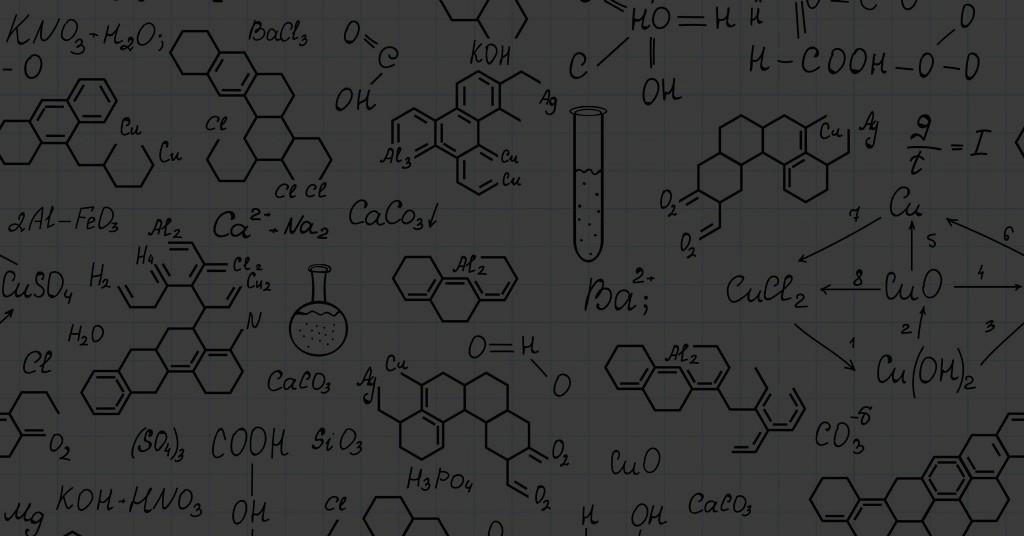Introduction
The replacement of hydrogen atom(s) in an aliphatic or aromatic hydrocarbon by halogen atom(s) results in the formation of alkyl halide (haloalkane) and aryl halide (haloarene), respectively.
What are Haloalkanes?
Haloalkanes contain halogen atom(s) attached to the sp3 hybridised carbon atom of an alkyl group.
What are Haloarenes?
Haloarenes contain halogen atom(s) attached to sp2 hybridised carbon atom(s) of an aryl group.
Importance of Naturally Occurring Halogen Compounds in Medicine and Health Care
| Compound | Use |
|---|---|
| Chloramphenicol | Antibiotic used to treat typhoid fever |
| Thyroxine | Regulates metabolism; deficiency causes goiter |
| Chloroquine | Used for treatment of malaria |
| Halothane | Used as an anaesthetic during surgery |
| Fully fluorinated compounds | Explored as blood substitutes in surgery |
Classification Based on Number of Halogen Atoms
Halogen-containing organic compounds are classified as mono, di, or polyhalogen (tri-, tetra-, etc.) compounds depending on the number of halogen atoms.
- Monohalogen compounds: Contain one halogen atom
- Dihalogen compounds: Contain two halogen atoms
- Polyhalogen compounds: Contain three or more halogen atoms

Compounds Containing sp3 C—X Bond (X = F, Cl, Br, I)
-
Alkyl Halides or Haloalkanes (R—X)
Contain a halogen atom attached to an sp3 carbon of an alkyl group.
- Primary (1°): Halogen on primary carbon
- Secondary (2°): Halogen on secondary carbon
- Tertiary (3°): Halogen on tertiary carbon

-
Allylic Halides
Halogen bonded to an sp3 carbon next to a double bond.

-
Benzylic Halides
Halogen bonded to an sp3 carbon directly attached to an aromatic ring.

Compounds Containing sp2 C—X Bond
-
Vinylic Halides
The halogen atom is bonded to an sp2 carbon of a carbon–carbon double bond (C=C).

-
Aryl Halides
The halogen atom is directly bonded to the sp2 carbon of an aromatic ring.

Nature of C-X Bond
Polar Nature of Carbon–Halogen Bond
Halogens are more electronegative than carbon, making the C–X bond polar:
- Carbon gets a partial positive charge (δ⁺)
- Halogen gets a partial negative charge (δ⁻)
Trends in Halogen Group
As we move down the halogen group (F → Cl → Br → I):
- Atomic size increases (F is smallest, I is largest)
- C–X bond length increases (C–F shortest, C–I longest)
Important Table Reference
For exact values of:
- Bond lengths
- Bond enthalpies
- Dipole moments
| Bond | Bond Length (pm) | C–X Bond Enthalpy (kJ/mol) | Dipole Moment (D) |
|---|---|---|---|
| CH3–F | 139 | 452 | 1.847 |
| CH3–Cl | 178 | 351 | 1.860 |
| CH3–Br | 193 | 293 | 1.830 |
| CH3–I | 214 | 234 | 1.636 |
Conclusion: Trends in Carbon–Halogen Bonds (Table 6.2 NCERT)
- Bond length increases from C–F to C–I as halogen size increases.
- Bond enthalpy decreases from C–F to C–I, making C–F the strongest bond.
- Dipole moment varies slightly due to combined effects of bond polarity and bond length.
Summary: C–F bond is the shortest and strongest, while C–I is the longest and weakest. These properties influence the reactivity of haloalkanes.
Methods of Preparation of Haloalkanes
From Alcohols
Alcohols can be converted into haloalkanes by treatment with halogen acids (HX). However, the rate of the reaction depends on both the nature of the alcohol and the type of halogen acid used.

Darzens Method
The Darzens method is a common laboratory method for preparing alkyl halides (haloalkanes) from alcohols using thionyl chloride (SOCl₂). It is preferred because the by-products — sulfur dioxide (SO₂) and hydrogen chloride (HCl) — are gases and escape from the reaction mixture, making the reaction more efficient.

Key Points:
- Used mainly to prepare alkyl chlorides (R–Cl).
- By-products are gaseous, simplifying purification.
- Often carried out in the presence of pyridine to neutralize HCl.
You may also be looking for the detailed Mechanism of Darzens Method which breaks down each step clearly.
Groove's Process
In Groove's process, primary and secondary alcohols are converted to alkyl chlorides by passing dry hydrogen chloride gas through the alcohol in the presence of anhydrous zinc chloride (ZnCl₂).
This method is an example of a nucleophilic substitution reaction, where the hydroxyl group is replaced by a chlorine atom.

Key Points:
- Applicable to: Primary and secondary alcohols.
- Reagents used: Dry HCl gas and anhydrous ZnCl₂.
- ZnCl₂ acts as: A Lewis acid to facilitate the reaction.
- This mixture is often referred to as the Lucas reagent.
Lucas Reagent
Lucas reagent is a mixture of concentrated hydrochloric acid (HCl) and anhydrous zinc chloride (ZnCl₂). It is used in organic chemistry for both the preparation of alkyl chlorides and for distinguishing between different types of alcohols based on their reactivity.
ZnCl₂ acts as a Lewis acid and helps in the generation of a more reactive electrophilic species, facilitating the substitution of the hydroxyl group with a chlorine atom.
Composition:
- Concentrated HCl
- Anhydrous ZnCl₂
Lucas Test
The Lucas test is a qualitative test used to differentiate between primary, secondary, and tertiary alcohols based on their reactivity with Lucas reagent. The test observes the formation of turbidity (cloudiness), which indicates the formation of an alkyl halide.
Reaction principle: Alcohol reacts with HCl (in presence of ZnCl₂) to form alkyl chloride (R–Cl), which is insoluble in water and appears as turbidity.
Observations:
- Tertiary alcohol: Immediate turbidity
- Secondary alcohol: Turbidity after 5–10 minutes
- Primary alcohol: No turbidity at room temperature
Conclusion: The faster the turbidity appears, the more reactive (and branched) the alcohol is.


Please avoid hate, spam, or offensive content. Every comment is monitored, and we aim to keep this space respectful and safe for all users.